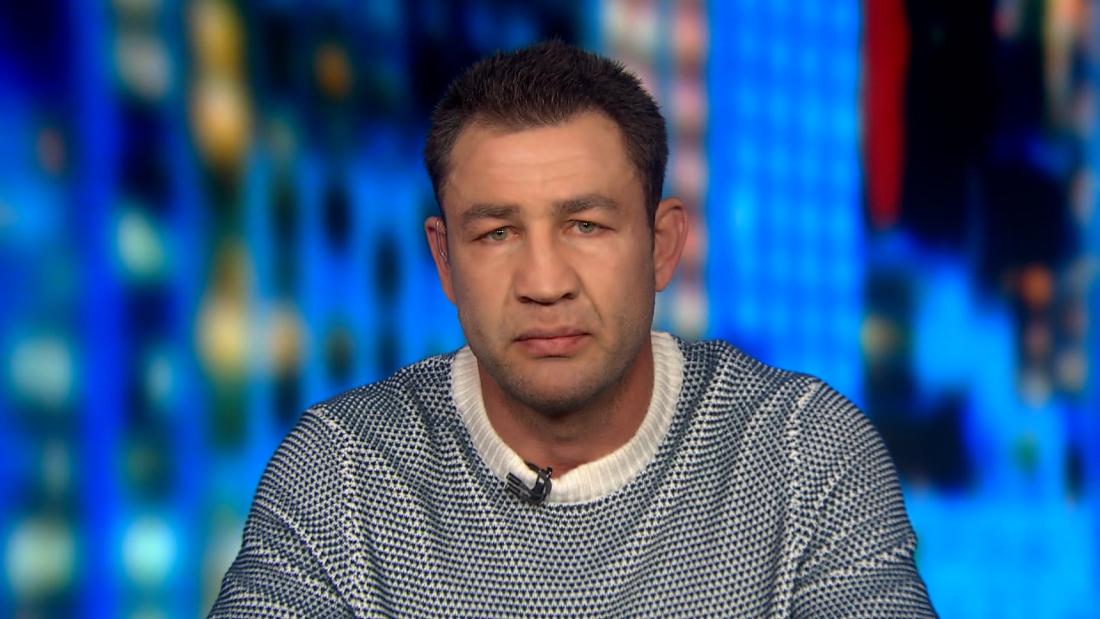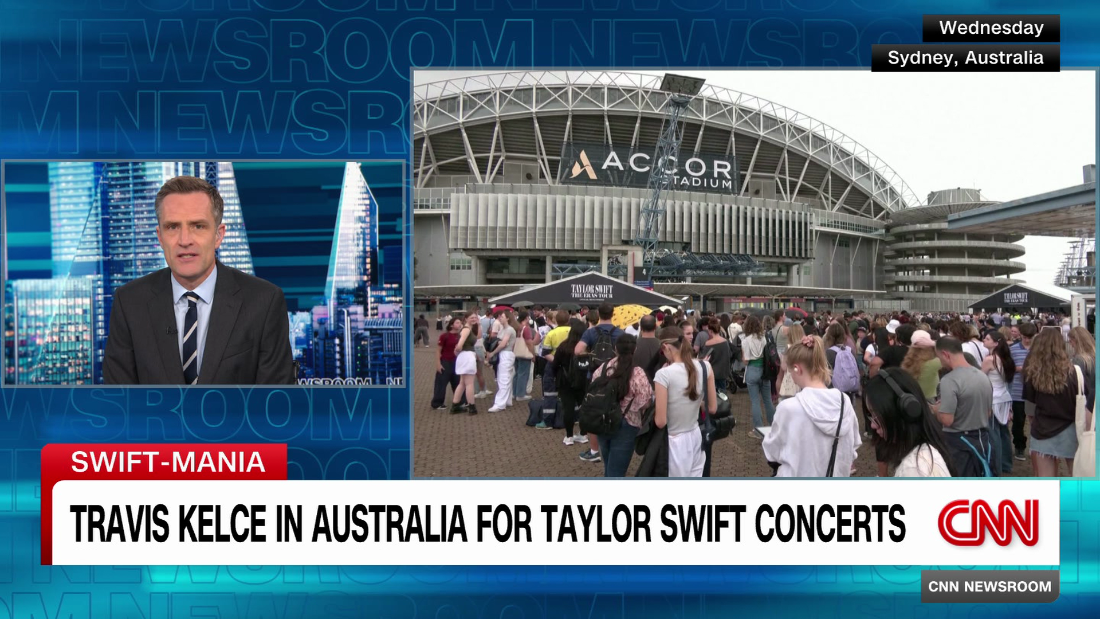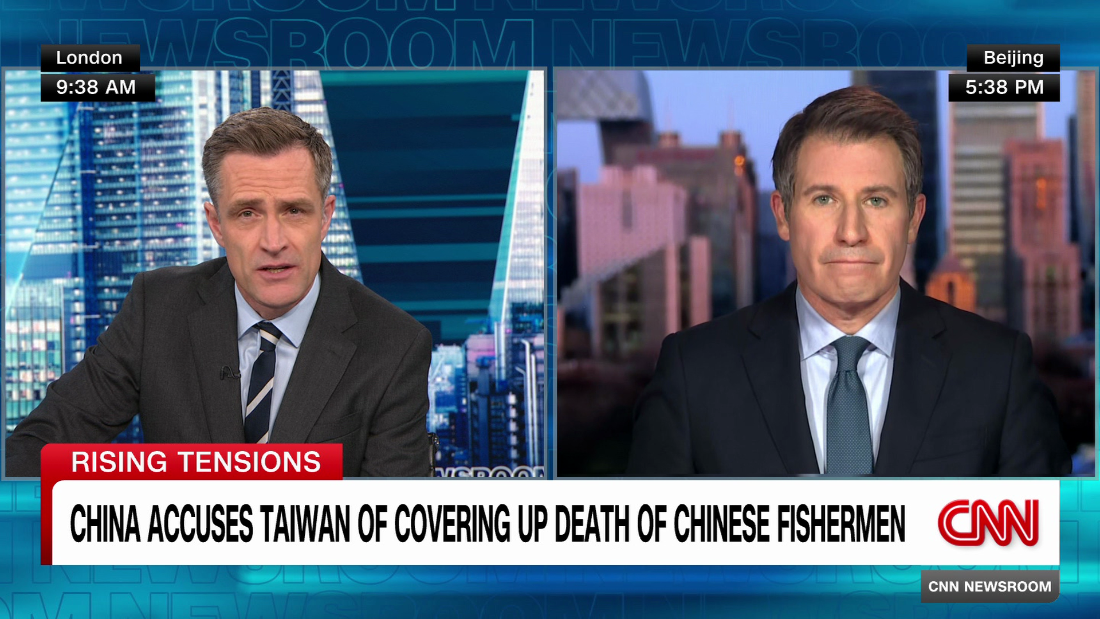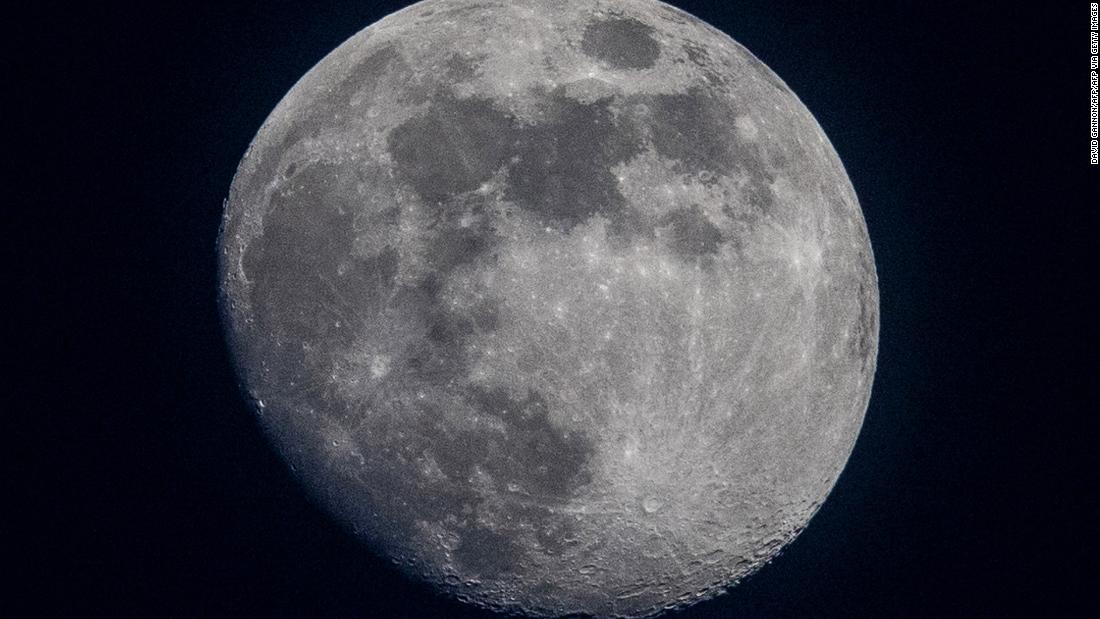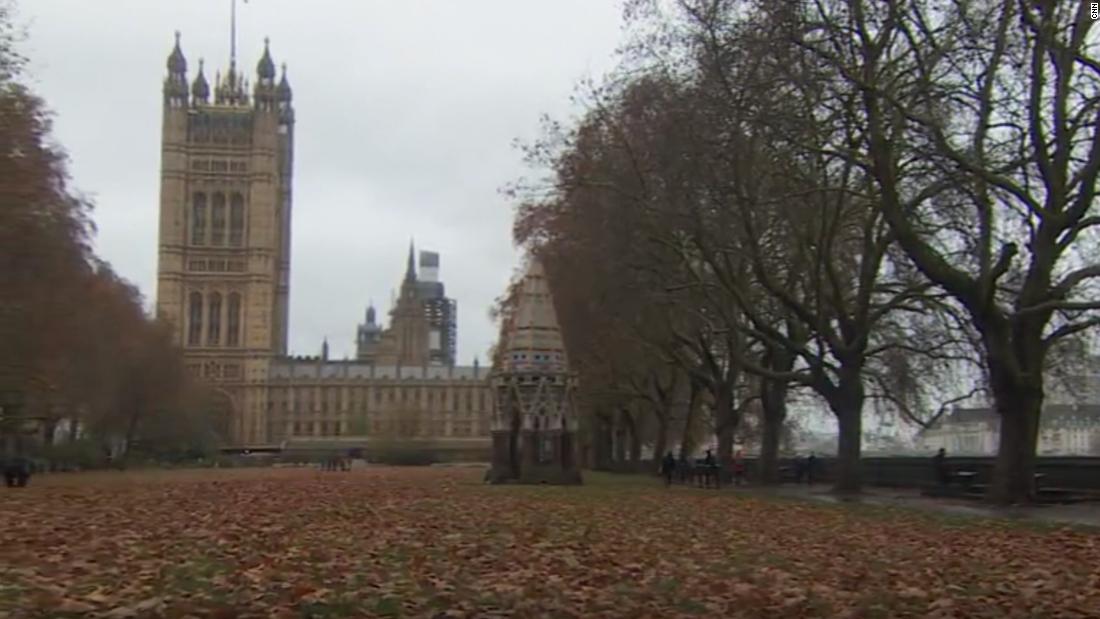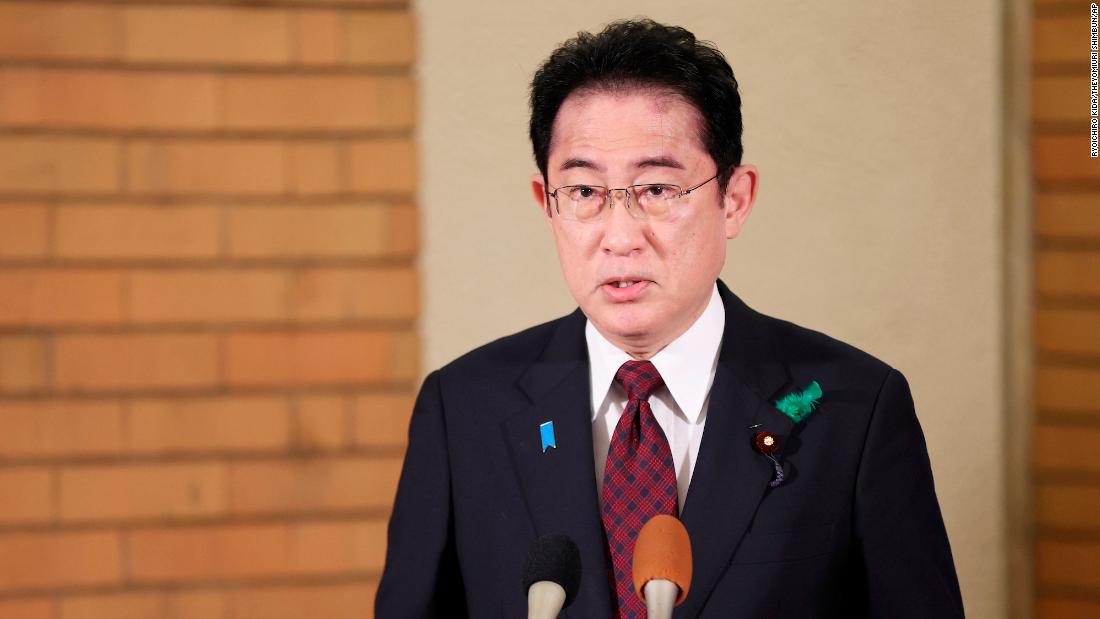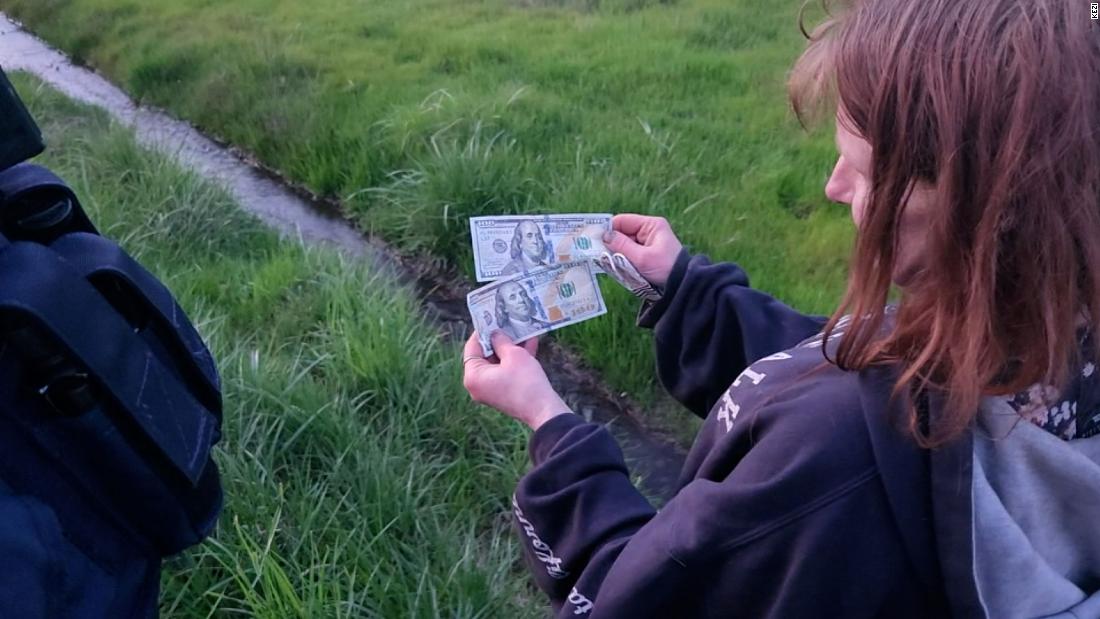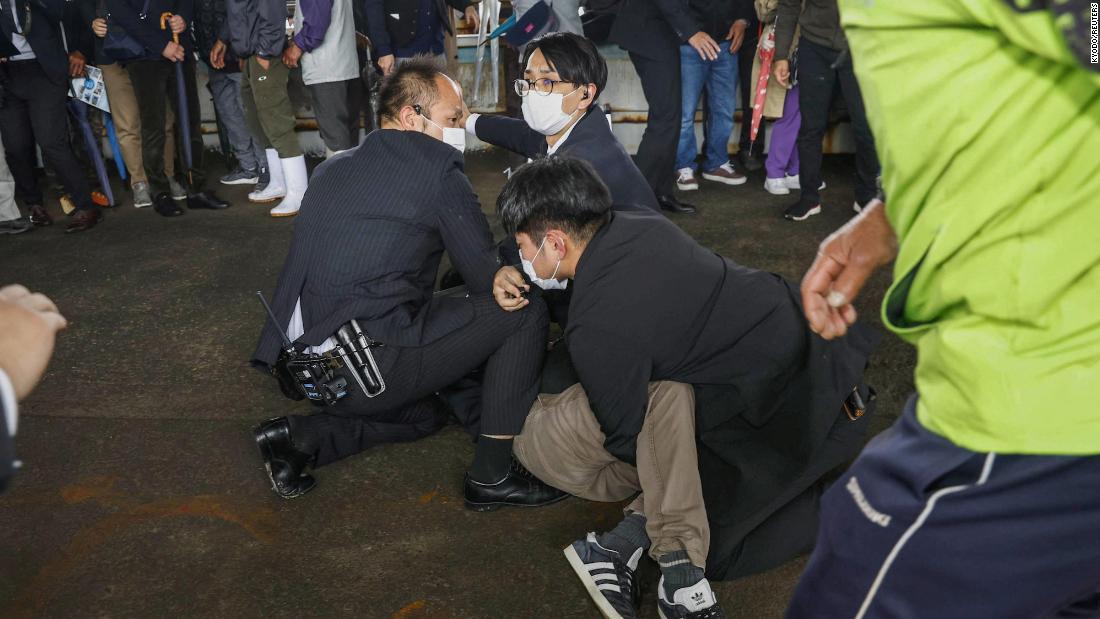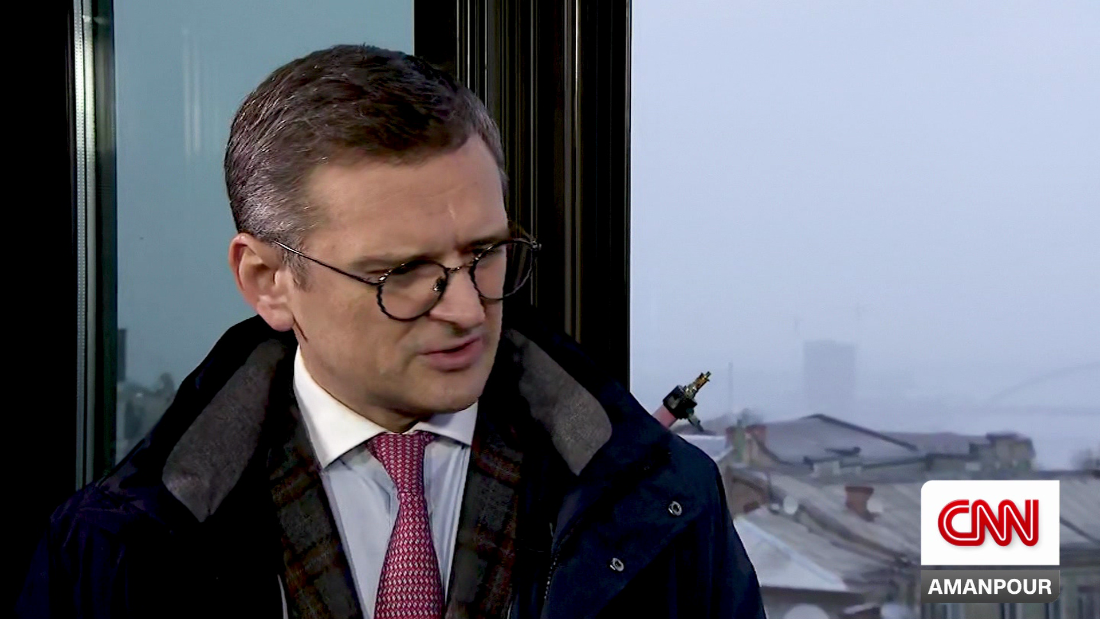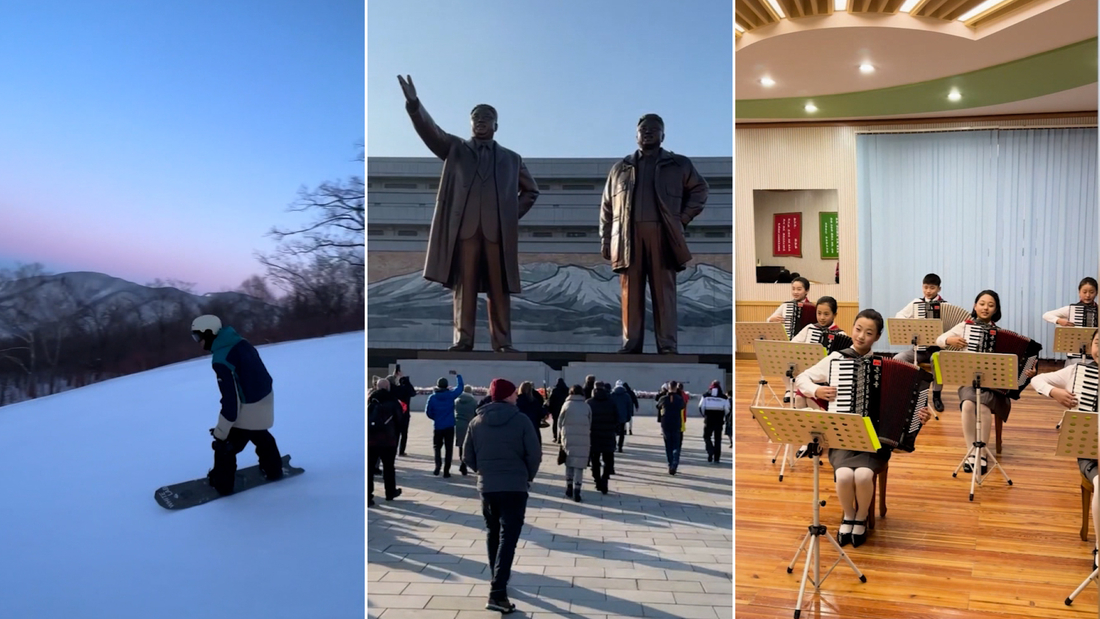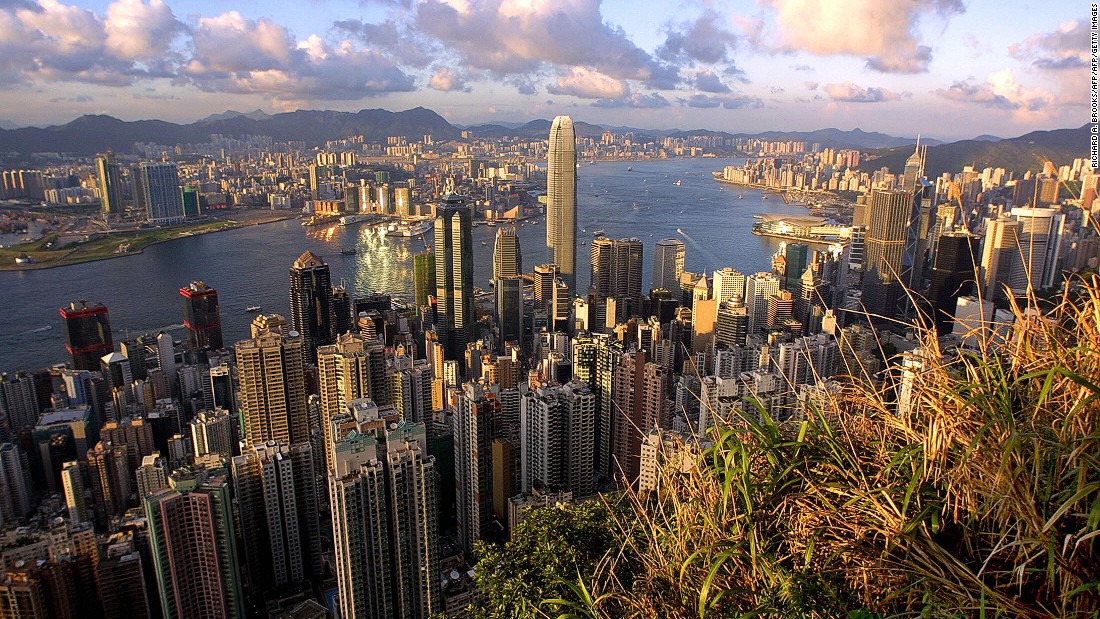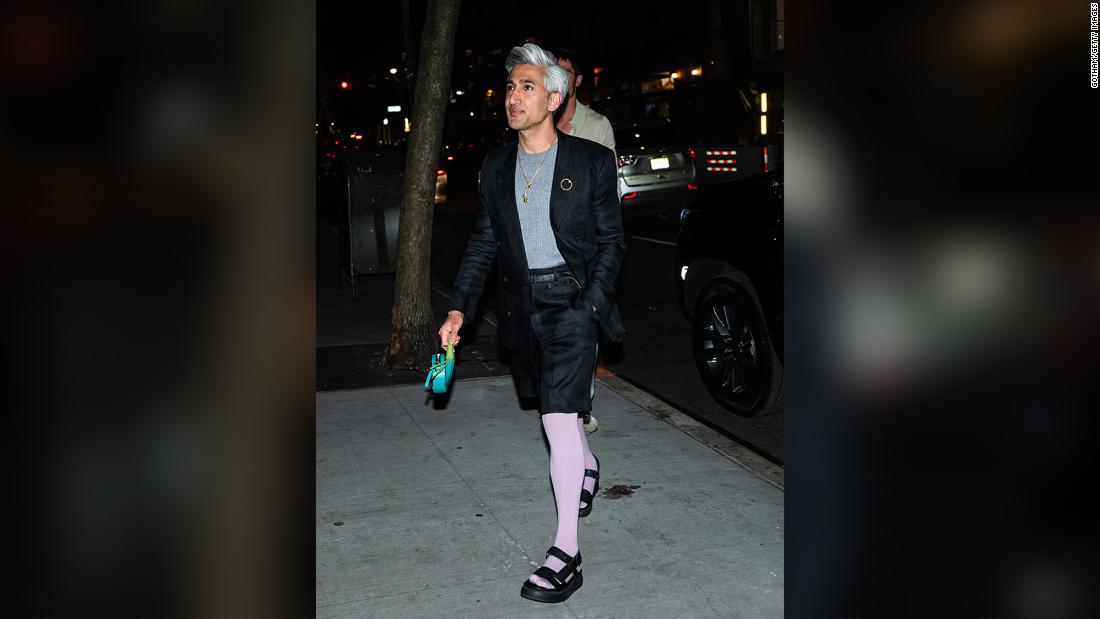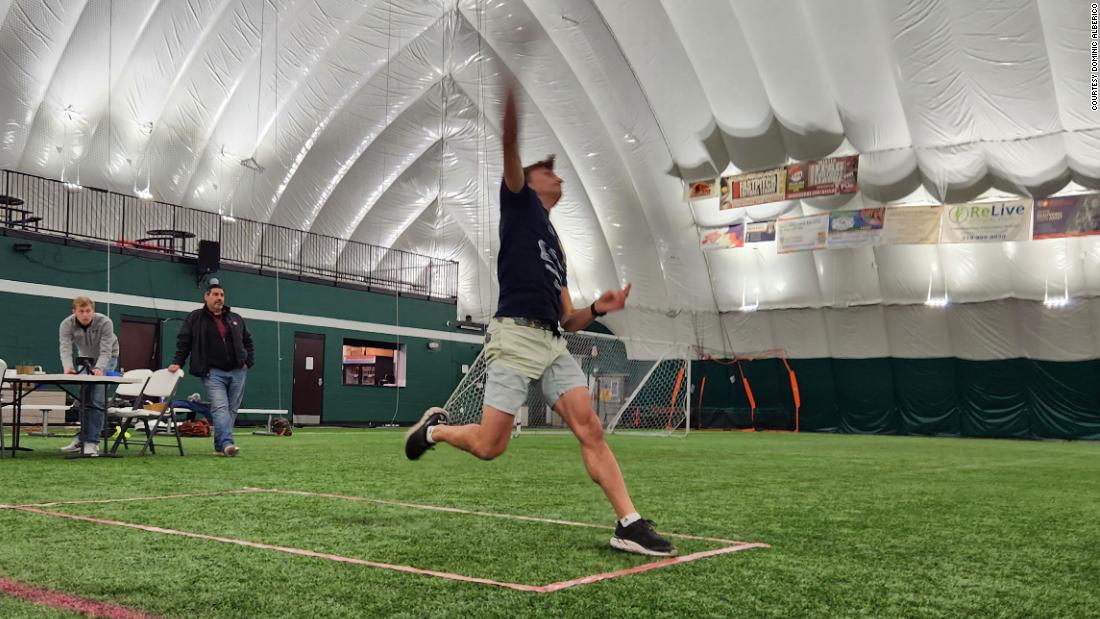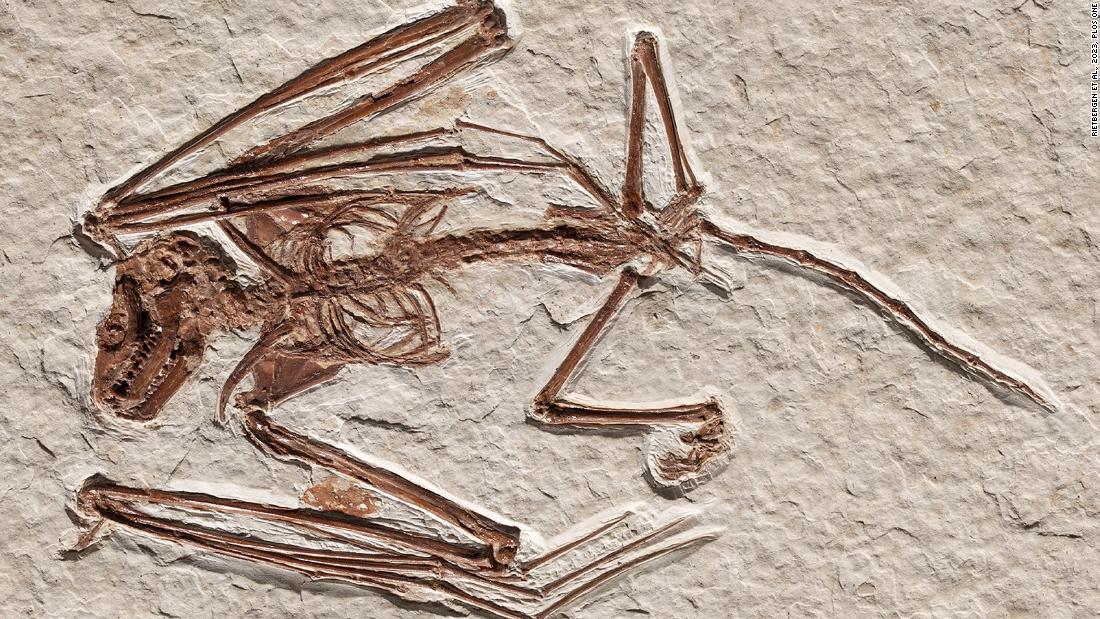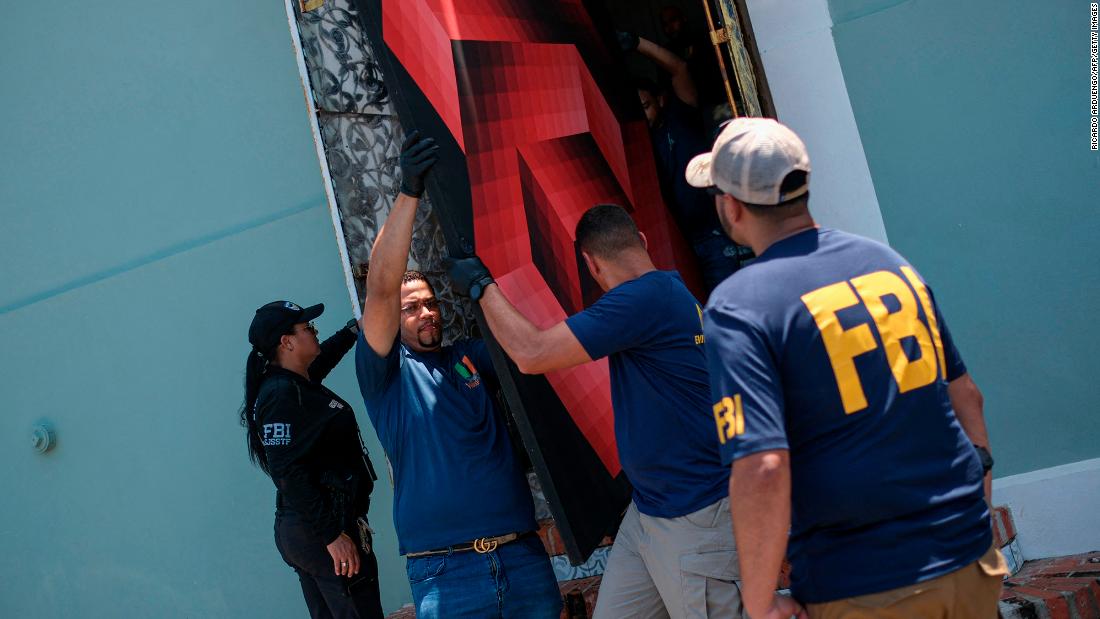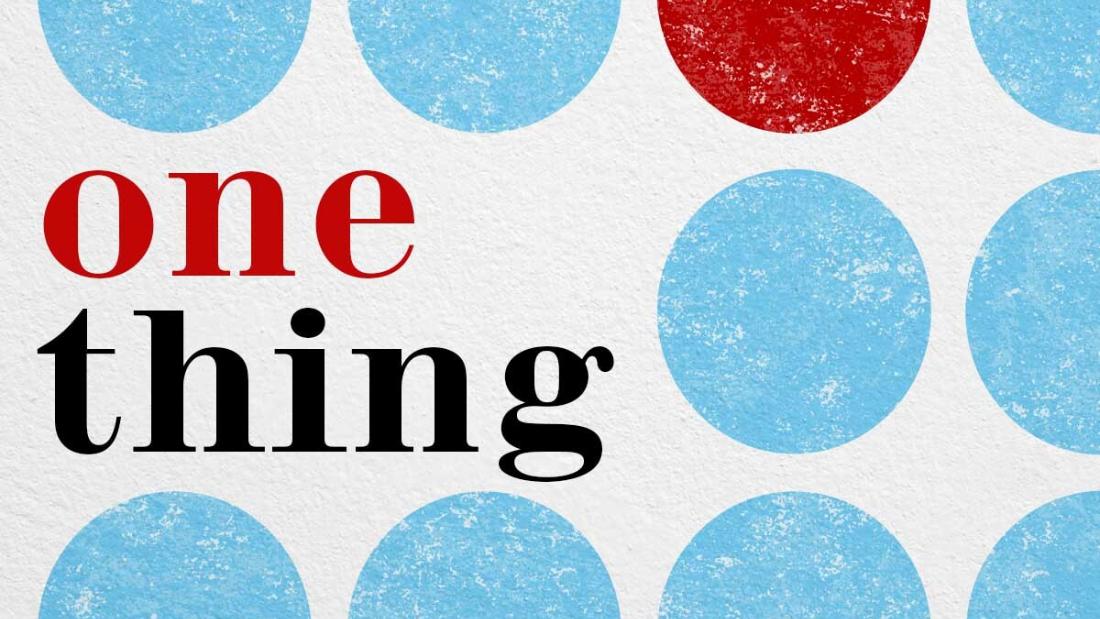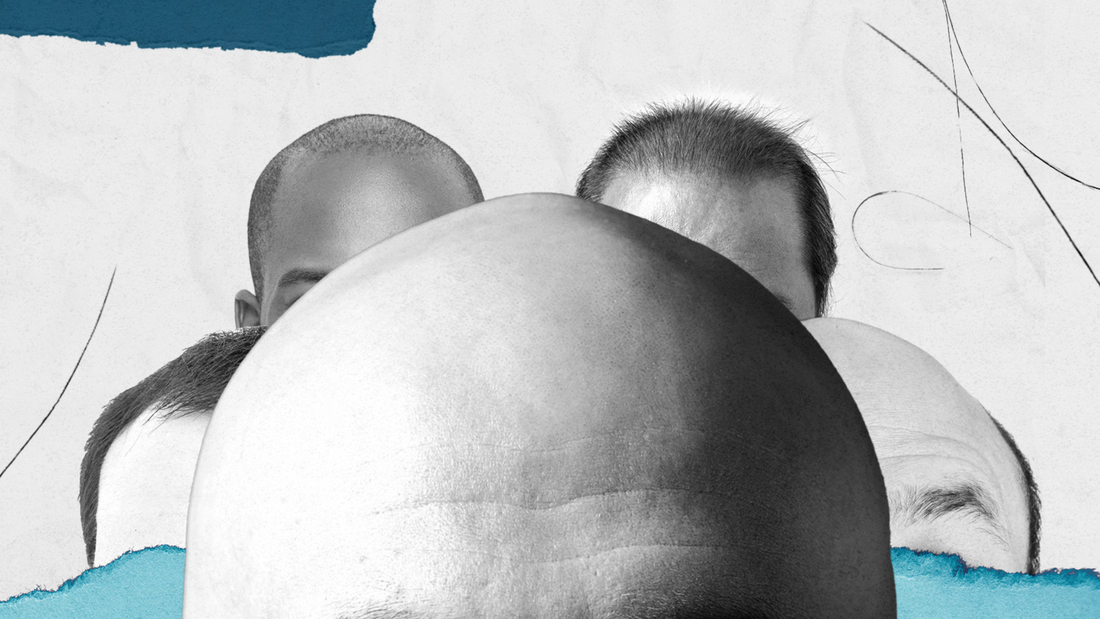SUMO fans have been warned they could be squashed by massive wrestlers flying out of the ring — as the sport returns to the UK for the first time in 34 years.
The Grand Sumo Tournament begins this Wednesday at London’s Royal Albert Hall.
Over 40 heavyweight sumo stars from Japan set to clash in five-day showdownAlamy
The Royal Albert Hall has warned fans to watch out for flying wrestlersPA
The Kensington venue also hosted the last event outside of Japan in 1991REUTERS
Over 40 heavyweight sumo wrestlers from Japan will compete in five action-packed days of matches.
It’s only the second time the elite level of Japan’s national sport has taken place outside of its homeland, the last being in 1991, also at the same Kensington venue.
While the matches promise a mix of brute strength, sacred rituals and dramatic clashes, fans sitting closest to the action are being told to brace themselves, in case a wrestler goes flying.
The Royal Albert Hall has issued a safety warning, saying: “It is possible that wrestlers may fall or be thrown from the ring into the ringside area as part of the competition.”
And it’s not just the wrestlers that could hit the crowd, spectators are also being warned about flying grains of salt and sand being flung during matches as part of ancient sumo rituals.
The warning continues: “Food and/or beverages will not be allowed in the ringside. Please be aware that sand or salt may occasionally be thrown from the ring.”
There will be no barriers between the fighters and front-row fans, with ringside cushions offered instead of seats, but these are not advised for anyone with mobility issues, as spectators are told they sit there “entirely at their own risk”.
The Royal Albert Hall will be transformed into a “temple of sumo”, featuring an authentic soil and sand dohyō (ring), and a roof styled like a traditional Shinto shrine.
A statement from the venue reads: “Each match is a captivating spectacle, combining explosive athleticism and ceremonial splendour.
“From the vibrant, hand-embroidered silk kesho-mawashi robes to the ancient salt-throwing rituals, every element is steeped in history and culture.”
The five-day basho, or tournament, will see wrestlers compete for the chance to be crowned grand champion, or Yokozuna, the highest rank in the sport.
Sumo dates back more than 1,500 years and is closely tied to the Shinto religion.
Fighters wear only traditional loincloths and follow strict customs, including throwing salt to purify the ring and ward off evil spirits.
Due to the intensity of the sport and the risks involved in sitting close to the action, organisers recommend children under the age of eight avoid the ringside area entirely.
Despite the warnings, fans are expected to pack out the 5,000-seat venue, with sumo’s rare return to London seen as a once-in-a-generation event.
Away from the spotlight of the tournament, British teen Nicholas Zilkin, 15, from Hull, is training to become the UK’s next big hope in sumo.
The 6ft 3in lad has been awarded a scholarship at the prestigious Minato Beya stable in Japan, where he’ll train full-time with 10 other young hopefuls and live by strict daily routines.
Nicholas told The Sun: “I’ve been given a chance and I intend to go as hard as possible at it.
“My hope is to reach the high ranks. This is what motivates me to succeed.”
He’ll also have to follow the sumo diet — including two massive daily meals totalling 7,000 to 8,000 calories, and traditional hot-pot dish chanko nabe, often followed by long naps in full gear.
Nicholas added: “My dad had connections to a sumo wrestler who reached the highest rank in Japan and he hosts a tournament every year.
“I managed to win somehow. My opponents were very tough. From then on, I realised sumo wrestling was the sport for me.”
Both the Japan Sumo Association and Royal Albert Hall were contacted for further comment.
Life inside the Tomozuna Sumo Stable
Each morning, 11 rikishi (wrestlers) at the prestigious Tomozuna stable train for more than three hours wearing only loincloths, practising holds in Japan’s 1,500-year-old national sport.
The first to fall or be forced out of the ring loses.
The wrestlers are currently preparing for the Nagoya Grand Sumo Tournament at their temporary base — a Buddhist temple.
After practice ends at 10:30 a.m., they greet fans, sign autographs, and enjoy their first meal of the day, prepared by junior wrestlers.
The feast includes pig’s feet, sardines, rice, and chanko nabe, a hot-pot dish that helps sumo wrestlers consume around 8,000 calories daily.
Following the meal, they nap for several hours, often using oxygen masks to recover from the intense training.
Despite its deep cultural roots, sumo has seen declining interest among Japanese youth, with many top wrestlers now coming from abroad, especially Mongolia.
Wrestlers wear traditional loincloths and toss salt to purify the ring and banish evil spiritsGETTY Creator – [#item_custom_dc:creator]


















